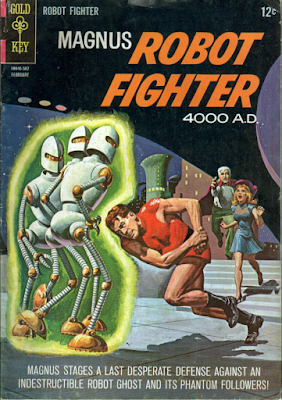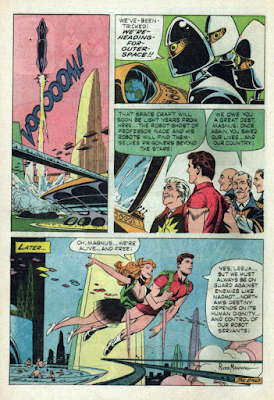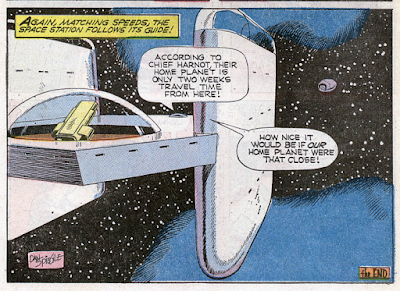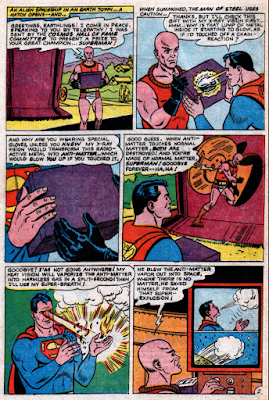The case of journalist-turned-government minister MJ Akbar in India got me thinking about the probability of guilt when a man is independently accused of sexual harassment by a number of different women. At last count, 16 different women have come forward as part of the #MeToo wave sweeping India, to accuse Akbar of various kinds of sexual misconduct.
At the time of writing, Akbar has chosen to brazen it out by filing a criminal defamation suit against the first woman who made her accusation public.
This case has since become a cause célèbre in India, with commentators taking various positions on it.
I personally believe that the weight of credibility is on the side of Akbar's accusers, but I was wondering whether there was a way to approach such a situation more objectively, even quantitatively. After all, each individual accusation could be dismissed as a case of "He said, she said", but put together, the accusations build up a more compelling argument.
How compelling?
Let's start with the simplest case. A man is accused of misbehaviour by a woman. He denies it. Neither of them has any evidence, or any witness, to back up their claim. Prima facie, both of them seem equally credible. What should an objective observer think?
With no further input and with no biases, an objective person would have to conclude that there is a 50% probability that the woman is telling the truth, and therefore a 50% probability that the man is guilty. The corollary is that there is a 50% probability that he is innocent.
Now, this obviously contradicts the legal principle that an accused person is 100% innocent until proven guilty, but this is not a court of law, where evidence is required beyond the shadow of a doubt before an accused can be convicted of a crime. This is a thought experiment. We are trying to compute what we can adopt as a working hypothesis, based on the balance of probabilities.
In graphical terms, this is what the picture looks like when a man is accused by just one woman:
Now let's make this more interesting. Let's say a second woman steps forward to make a similar accusation, based on an independent incident. And let's say he denies this accusation too.
Does our view of the man's guilt change? Do we still think it's just his word against his accusers', and therefore that he's no more guilty than we thought before? Or do we start to doubt him a little more now? If so, by how much?
My model is that each subsequent accusation halves the probability of his innocence. And so, this is what the picture should look like:
My model is that each subsequent accusation halves the probability of his innocence. And so, this is what the picture should look like:
It's important to note that we are not treating the three claims as completely independent, and assigning a 33.33% probability to each. That's because the claims of the two women, while independent, nevertheless reinforce each other. The accusation of the second woman halves the probability of innocence that we granted him after the first accusation. So we assign a probability of only 25% to his innocence now, not 33.33%.
What happens when a third woman steps forward? It's easy to follow the logic now:
With three independent accusers, the man's probability of innocence reduces to 12.5%, notwithstanding his protestations.
Stated in mathematical terms, the probability of a man's guilt when independently accused by 'N' women is given by
Pg = 1 - (½)N
When N = 1, Pg = 0.5, or 50%
When N = 2, Pg = 0.75, or 75%
When N = 3, Pg = 0.875, or 87.5%
Let's apply this model of guilt to the MJ Akbar case. The number of his accusers now stands at 16:
1. Priya Ramani
2. Ruth David
3. Majlie de Puy Kamp
4. Saba Naqvi
5. Ghazala Wahab
6. Shutapa Paul
7. Shuma Raha
8. Kanika Gahlaut
9. Suparna Sharma
10. Prerna Bindra
11. Harinder Baweja
12. Anju Bharti
13. Malini Bhupta
14. Kadambari Wade
15. Swati Gautam
16. Tushita Patel
What's the probability that Akbar is guilty?
When N = 2, Pg = 0.75, or 75%
When N = 3, Pg = 0.875, or 87.5%
Let's apply this model of guilt to the MJ Akbar case. The number of his accusers now stands at 16:
1. Priya Ramani
2. Ruth David
3. Majlie de Puy Kamp
4. Saba Naqvi
5. Ghazala Wahab
6. Shutapa Paul
7. Shuma Raha
8. Kanika Gahlaut
9. Suparna Sharma
10. Prerna Bindra
11. Harinder Baweja
12. Anju Bharti
13. Malini Bhupta
14. Kadambari Wade
15. Swati Gautam
16. Tushita Patel
What's the probability that Akbar is guilty?
Pg = 1 - (½)16 = 0.999984741210938, or 99.998%
In non-mathematical language, he's toast.
#TimesUp
Update 17/10/2018: MJ Akbar has resigned as Minister of State for External Affairs, after 20 women expressed their desire to testify in court against him. Three of them were from the original list (Tushita Patel, Kanika Gahlaut and Suparna Sharma), but the other 17 were all new, bringing the total number of his accusers to 33.
17. Meenal Baghel
18. Manisha Pande
19. Ramola Talwar Badam
20. Kaniza Gazari
21. Malavika Banerjee
22. A.T. Jayanthi
23. Hamida Parkar
24. Jonali Buragohain
25. Sanjari Chatterjee
26. Meenakshi Kumar
27. Sujata Dutta Sachdeva
28. Hoihnu Hauzel
29. Reshmi Chakraborty
30. Kushalrani Gulab
31. Aisha Khan
32. Kiran Manral
33. Christina Francis
Don't even bother calculating the probability of his guilt now.
(If you're curious, it's 99.99999999%.)
#TimesUp
Update 17/10/2018: MJ Akbar has resigned as Minister of State for External Affairs, after 20 women expressed their desire to testify in court against him. Three of them were from the original list (Tushita Patel, Kanika Gahlaut and Suparna Sharma), but the other 17 were all new, bringing the total number of his accusers to 33.
17. Meenal Baghel
18. Manisha Pande
19. Ramola Talwar Badam
20. Kaniza Gazari
21. Malavika Banerjee
22. A.T. Jayanthi
23. Hamida Parkar
24. Jonali Buragohain
25. Sanjari Chatterjee
26. Meenakshi Kumar
27. Sujata Dutta Sachdeva
28. Hoihnu Hauzel
29. Reshmi Chakraborty
30. Kushalrani Gulab
31. Aisha Khan
32. Kiran Manral
33. Christina Francis
Don't even bother calculating the probability of his guilt now.
(If you're curious, it's 99.99999999%.)



























































